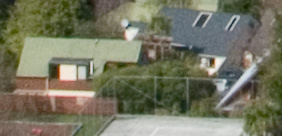Panasonic Lumix DMC-LX2
-
-
Written by Gordon Laing
Panasonic Lumix DMC-LX2 real-life noise (standard, low and high NR)
Panasonic Lumix DMC-LX2 results continued…
Outdoor / Resolution / Noise / Noise 2 / Corner sharpness / Fringe & macro / Geometry / Vignetting
| Support Camera Labs by shopping via these links |

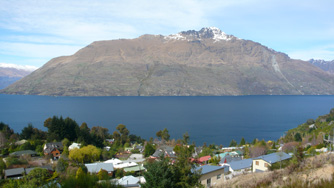 | To compare noise levels under real-life conditions we shot this scene using the Panasonic Lumix LX2 at each ISO setting. The test was repeated for the LX2’s Low and High Noise Reduction settings. The image was shot in 16:9, but the zoom adjusted so the vertical field matched previous results for comparative purposes. Due to the high brightness of the scene and requirement to shoot it at up to 3200 ISO, it was necessary to use a neutral density filter. The brightness also forced us to set the aperture to f8. |
|
The image above was taken with the Panasonic Lumix DMC-LX2 at 8mm f8 and at 100 ISO; the original measured 4.63MB. The crops are taken from an area just below and to the left of the centre. For the 3200 ISO result we used the LX2’s High Sensitivity preset mode. It’s immediately clear from the results below that noise – and noise reduction – are the LX2’s biggest problems. Set to the default Standard Noise Reduction setting, speckling is visible even at 100 and 200 ISO, while detail is lost significantly at 400 ISO and above. The Low Noise Reduction setting reveals fractionally more detail – see the vertical fencing bars in the 200 ISO crop for example – but again results in compromised overall quality at 400 ISO and above. Switching to High Noise Reduction results in a considerable loss of detail at 200 ISO and above, along with an almost impressionistic effect. This is seen most obviously in the 3200 ISO crop, although to be fair, this uses the LX2’s High Sensitivity preset which Panasonic admits should only be used for smaller prints. That said, noise and loss of detail through noise reduction is a serious issue for the Lumix LX2. Every time a manufacturer increases the resolution of a sensor it claims noise levels have been kept under control, but this is yet another example where the laws of physics beg to differ. And arguing the results look fine on smaller print sizes is surely missing the point of buying a 10 Megapixel product. |
Panasonic Lumix DMC-LX2 (standard NR) |
Lumix DMC-LX2 (low NR) |
Lumix DMC-LX2 (high NR) | ||
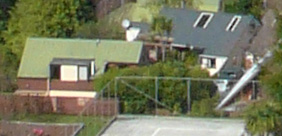 |
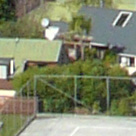 |
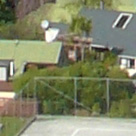 | ||
100 ISO, 1/50, f8 |
100 ISO, 1/50, f8 |
100 ISO, 1/50, f8 | ||
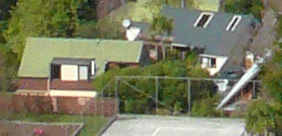 |
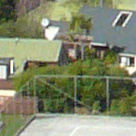 |
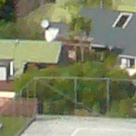 | ||
200 ISO, 1/100, f8 |
200 ISO, 1/100, f8 |
200 ISO, 1/100, f8 | ||
 |
 |
 | ||
400 ISO, 1/200, f8 |
400 ISO, 1/200, f8 |
400 ISO, 1/200, f8 | ||
 |
 |
 | ||
800 ISO, 1/400, f8 |
800 ISO, 1/400, f8 |
800 ISO, 1/400, f8 | ||
 |
 |
 | ||
1600 ISO, 1/800, f8 |
1600 ISO, 1/800, f8 |
1600 ISO, 1/800, f8 | ||
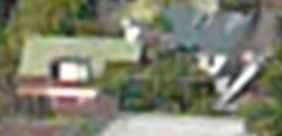 | ||||
3200 ISO, 1/1600, f8 (High Sensitivity preset) |
3200 ISO unavailable outside HS mode |
3200 ISO unavailable outside HS mode |
Panasonic Lumix DMC-LX2 JPEG versus RAW comparison
| ||||||||||||||
